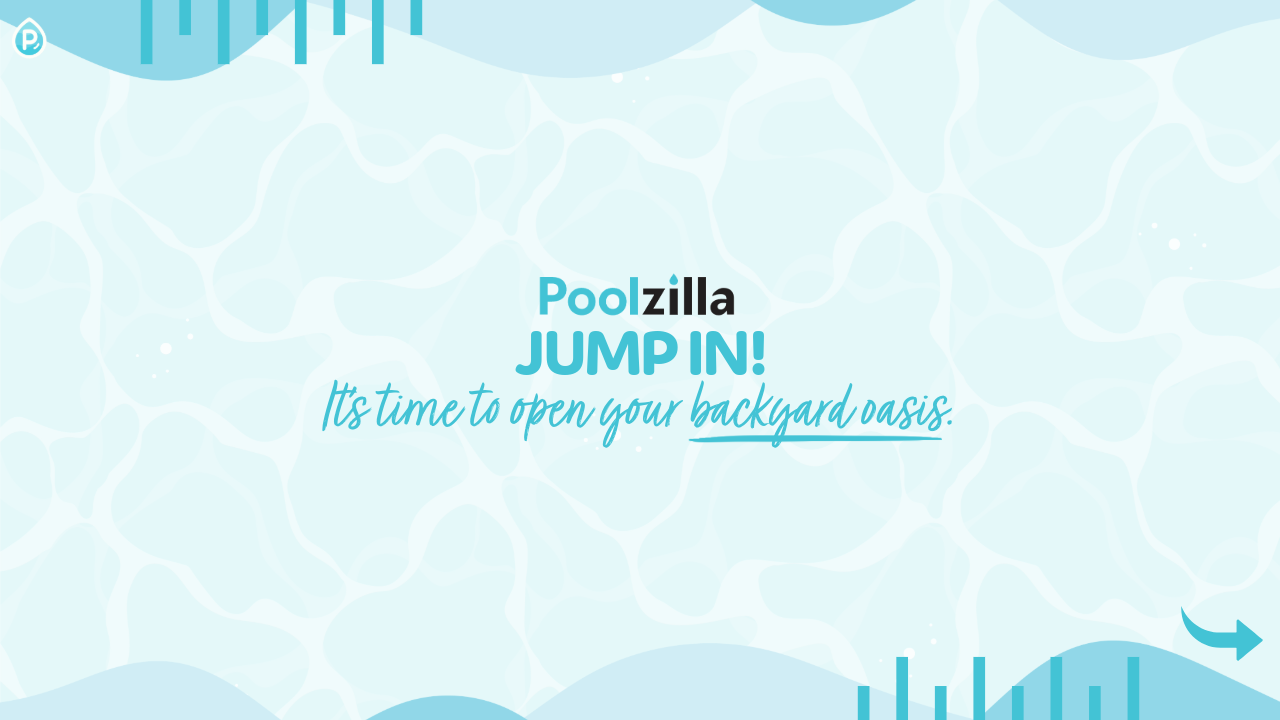Summer Pool Opening!
Are you ready to get your home pool open for the summer? Now is the perfect time to start planning your pool opening. Getting your pool ready for a new season requires some specialized knowledge, so it's important that you take the necessary steps to ensure everything runs smoothly and safely. In this blog post, we'll outline all of the essential elements involved in getting your pool up and running, including assessing equipment condition, testing water samples and adding chemicals as needed. We'll also touch on safety guidelines and give tips for long-term maintenance success. Ready to dive in? Let's go!
Steps to Take Before Opening Day
As the weather starts to warm up, it's only natural to start thinking about opening up your pool for the summer season. However, before you can jump in, there are a few important steps to take to ensure that your pool is safe and ready for use. First, check the water pH and adjust it if necessary to prevent any skin or eye irritation. Next, remove any debris or leaves from the pool, and thoroughly scrub the sides and bottom to remove any build-up from the off-season. It's also important to inspect all equipment, including pumps and filters, to make sure everything is in good working order. By taking these necessary precautions, you can enjoy a safe and refreshing swimming season.
Choosing the Right Chemicals to Ensure a Safe Swimming Environment
Maintaining a safe swimming environment requires careful consideration of the chemicals used in the water. Choosing the right chemicals is crucial to ensuring that swimmers can enjoy the pool without any health hazards. As such, it is essential to consult with a professional to determine the appropriate chemicals to use for sanitizing, balancing pH levels, and preventing algae growth. Professionals can also educate pool owners and operators on the proper dosages and handling requirements of these chemicals to avoid accidents and injuries. It is critical to prioritize safety in selecting and using pool chemicals to provide swimmers with a clean and healthy swimming environment.
How to Properly Balance pH and Alkalinity Levels in Your Pool
Maintaining the proper pH and alkalinity levels in your pool is crucial for the health and safety of swimmers. A pH level that is too high or too low can cause skin and eye irritation, while incorrect alkalinity levels can damage pool equipment and cause cloudy water. To balance these levels, test the water regularly with a reliable kit and adjust accordingly. If the pH is too high, add a pH decreaser or muriatic acid. If it’s too low, use a pH increaser or soda ash. For alkalinity, a buffer or baking soda can be added. It’s important to follow instructions carefully and never mix chemicals, as they can react and create dangerous fumes. By taking steps to properly balance pH and alkalinity, you can enjoy a clean and healthy swimming experience.
Top Tips on Cleaning and Maintaining Your Pool Throughout the Summer
Summer is the time to enjoy your pool, but cleaning and maintaining it can be a daunting task that may take some of the fun out of it. Luckily, with the right tips and techniques, you can keep your pool clean and sparkling all summer long. First, make sure to skim the surface of the water regularly to remove any leaves or debris. Next, check your pool's pH levels and adjust them as needed to prevent algae growth. Additionally, brush the walls and floor of your pool every few days, and vacuum the pool at least once a week. Finally, don't forget to empty your pool's skimmer baskets and backwash the filter as needed. By following these simple tips, you can keep your pool in top shape all summer and ensure that you and your family can enjoy it for years to come.
What You Should Know About Keeping Pests Out of Your Home Pool
As a homeowner with a pool, there are certain things you should know about keeping pests out of it. Pests such as mosquitoes, ants, and wasps can be a nuisance and even a health hazard for you and your family. One effective way to keep pests out of your home pool is to maintain proper sanitation and filtration. This will keep the water clean and clear, making it less attractive to pests. Additionally, removing any standing water around the pool area, such as in flower pots or bird baths, can help reduce the presence of mosquitoes. Lastly, sealing any cracks or gaps in the pool area or surrounding walls will prevent entry for ants and other small insects. By following these tips, you can help ensure that your home pool remains a refreshing and enjoyable space for you and your loved ones.
Conclusion
Opening your pool each spring is an exciting task that should be met with enthusiasm and preparation. It’s important to remember what steps you should take before diving into the deep end, including cleaning out debris, using the correct chemicals for a safe swimming environment, and properly balancing pH and alkalinity levels. Throughout the season, regularly raiding dirt and bugs, along with proper maintenance and cleaning of the pool is extremely beneficial in avoiding bacterial build-up in the water. An automatic chlorine dispenser is also a great option for ensuring safety on a consistent basis. And lastly, don’t forget to constantly monitor your pool area for any signs of pest activity so you can quickly address it before it gets out of hand. With these tips in mind, you’ll be ready to make a splash this summer season!

